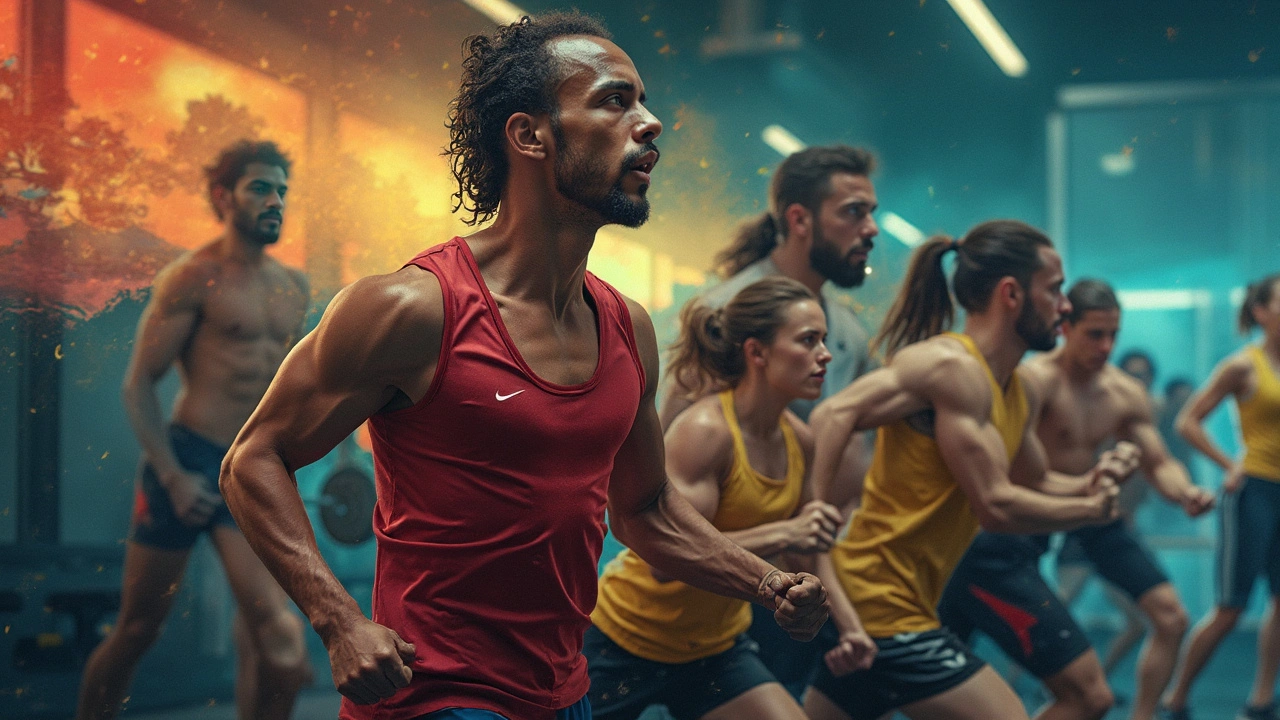Benefits of Sports Massage: Faster Recovery, Less Pain, Better Performance
Want to train harder without breaking down? Sports massage is more than a treat—it's a tool. Athletes and active people use it to speed recovery, ease pain, and keep their bodies moving better. Below you'll find clear, usable reasons to add sports massage to your routine and simple tips for getting the most out of each session.
What sports massage actually does
Sports massage targets muscles you use most. Therapists use a mix of deep strokes, compression, and trigger point work to break up tight spots and improve blood flow. That helps clear metabolic waste after a workout and brings fresh oxygen and nutrients into tired tissue.
Reduced muscle tightness means better range of motion. That makes technique cleaner and reduces the chance of compensatory movements that cause injuries. You also sleep and feel calmer after a good session—massage lowers muscle tension and helps the nervous system relax.
Another benefit is pain relief. If you’ve got sore spots or recurring knots, targeted work can release them and restore normal movement. Over time this can cut the number of flare-ups you get from training hard.
When and how to use sports massage
Timing matters. Get a lighter, shorter session before an event to warm tissues and improve mobility. Book deeper, longer sessions after heavy training or during recovery weeks to speed healing and reduce soreness. Weekly or biweekly visits work well for many athletes; casual exercisers might benefit from monthly maintenance.
Different strokes for different needs: deep tissue or trigger point work is great for chronic tightness. Swedish or lighter sports massage helps circulation and relaxation. Ask your therapist for a session plan that matches your training load and goals.
Simple aftercare makes a big difference. Drink water to flush out released waste, move gently the next day, and use heat or ice as your therapist recommends. If a technique feels unusually painful or creates sharp new pain, stop and tell your therapist.
Choosing the right therapist saves time. Look for someone with sports massage certification or experience with athletes. Mention your sport, training schedule, injuries, and goals at the first appointment. A good therapist will show you stretches and self-care moves to keep benefits between sessions.
Sports massage also fits with other therapies. Manual methods like trigger point work, Feldenkrais-style movement lessons, or structural therapies (Rolfing, Hellerwork) can complement regular sports massage. Use what helps you move and train smarter—not more treatments because they sound fancy.
Finally, sports massage isn't a magic fix. It speeds recovery and lowers injury risk, but you still need smart training, rest, and good sleep. Think of massage as part of a plan that keeps you fit, pain-free, and ready for your next workout.
Want more hands-on tips and technique guides? Check related posts on AIST Massage Triumphs for deep dives into trigger point work, warm stone sessions, and therapies athletes love.

Sports Massage: More Than Just a Luxury
Sports massage isn't just about pampering—it's a powerful tool in any athlete's toolkit. From enhancing performance to speeding up recovery, this therapy goes beyond relaxation by addressing muscle tension and preventing injuries. Whether you're a weekend warrior or a professional athlete, understanding the benefits of sports massage can transform your approach to physical fitness. Discover how timely techniques and personalized care can make all the difference in your sports journey.
Categories
- Health and Wellness (148)
- Alternative Therapies (86)
- Massage Therapy (40)
- Travel and Culture (15)
- Beauty and Skincare (9)
- Holistic Health (8)
- Health and Fitness (5)
- Spirituality (5)
- Other (2)
- Personal Development (2)
Popular Articles



